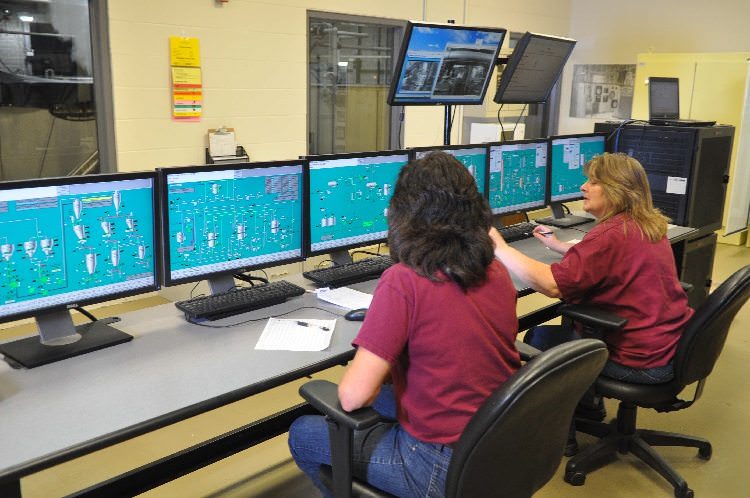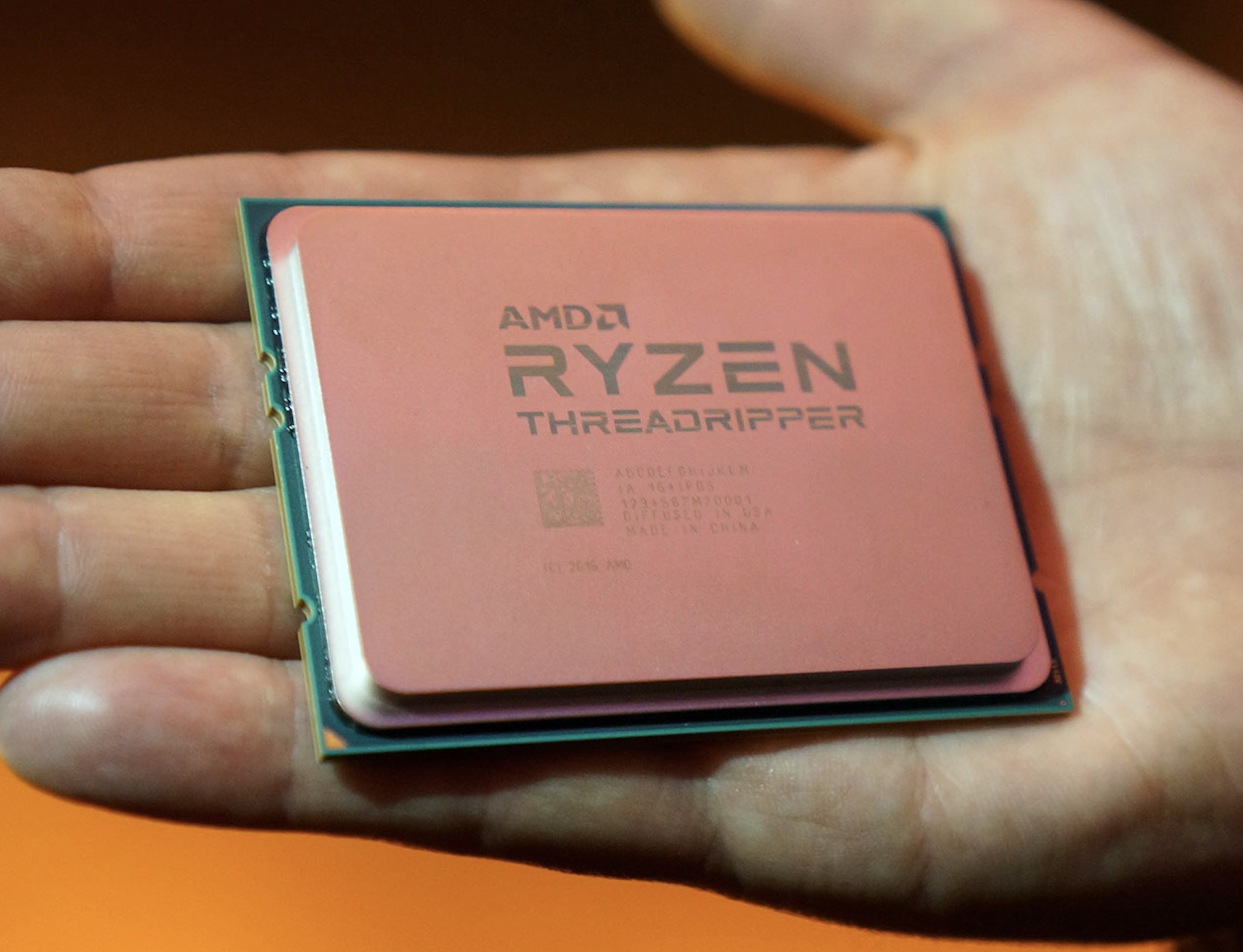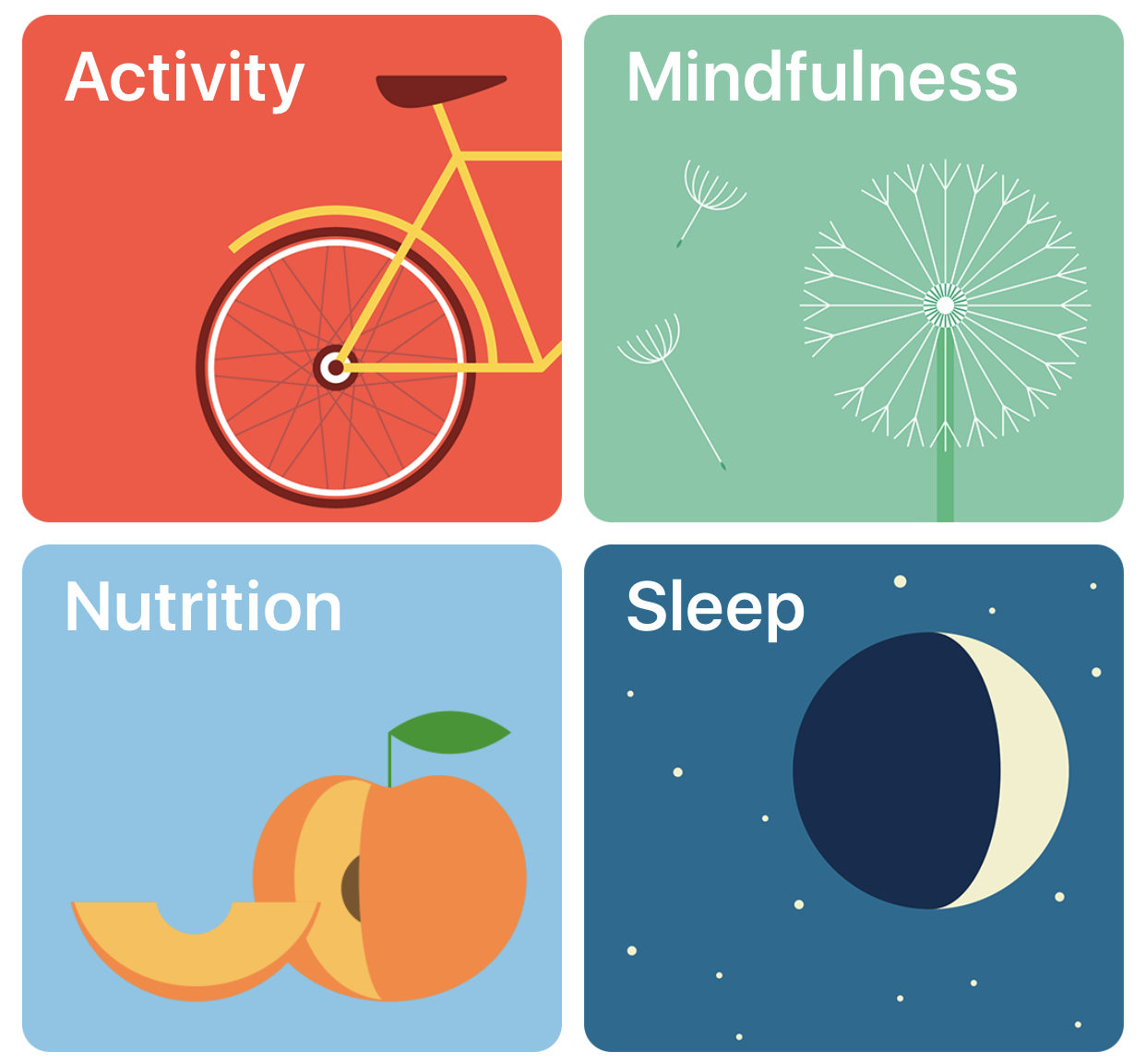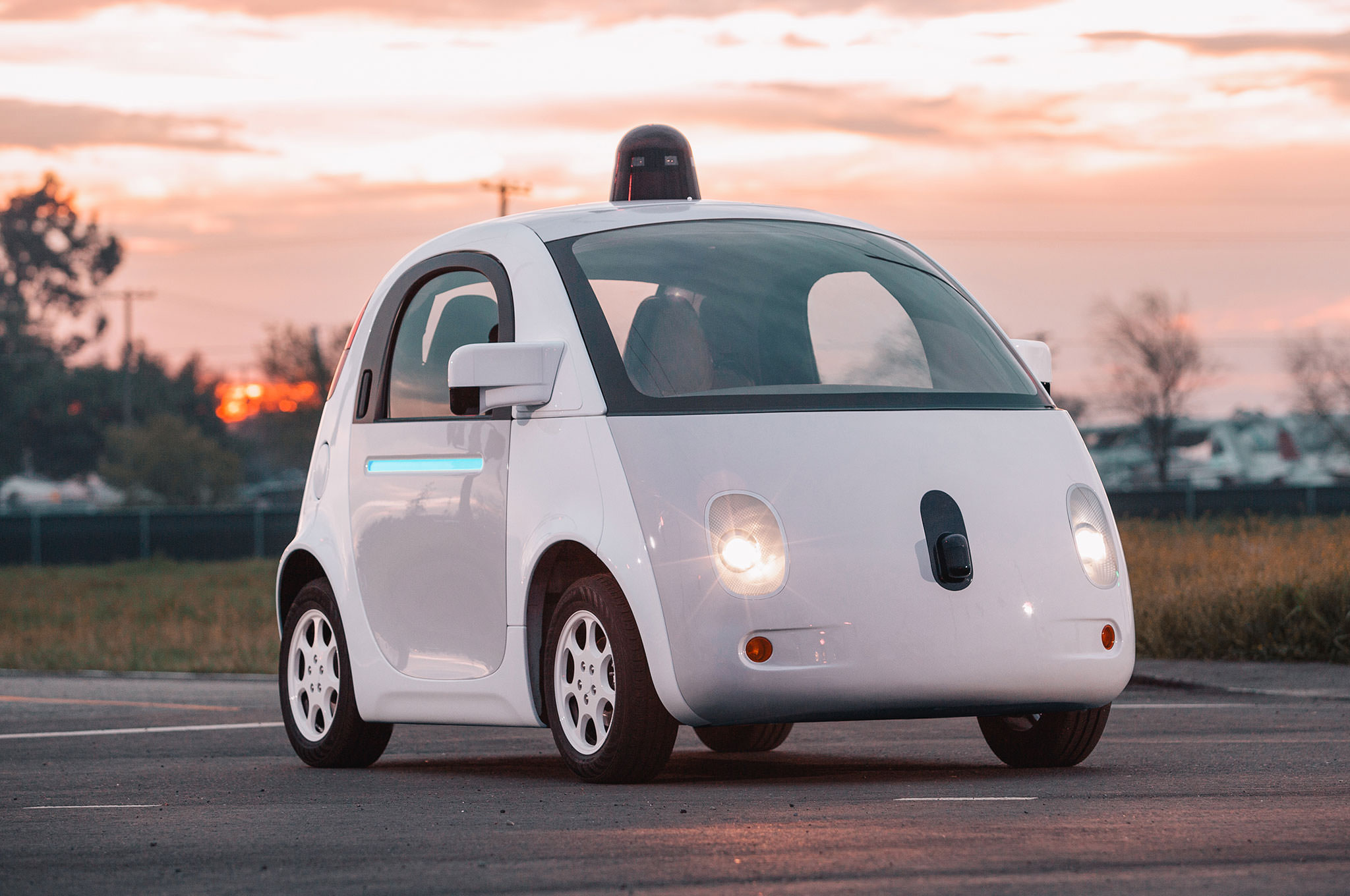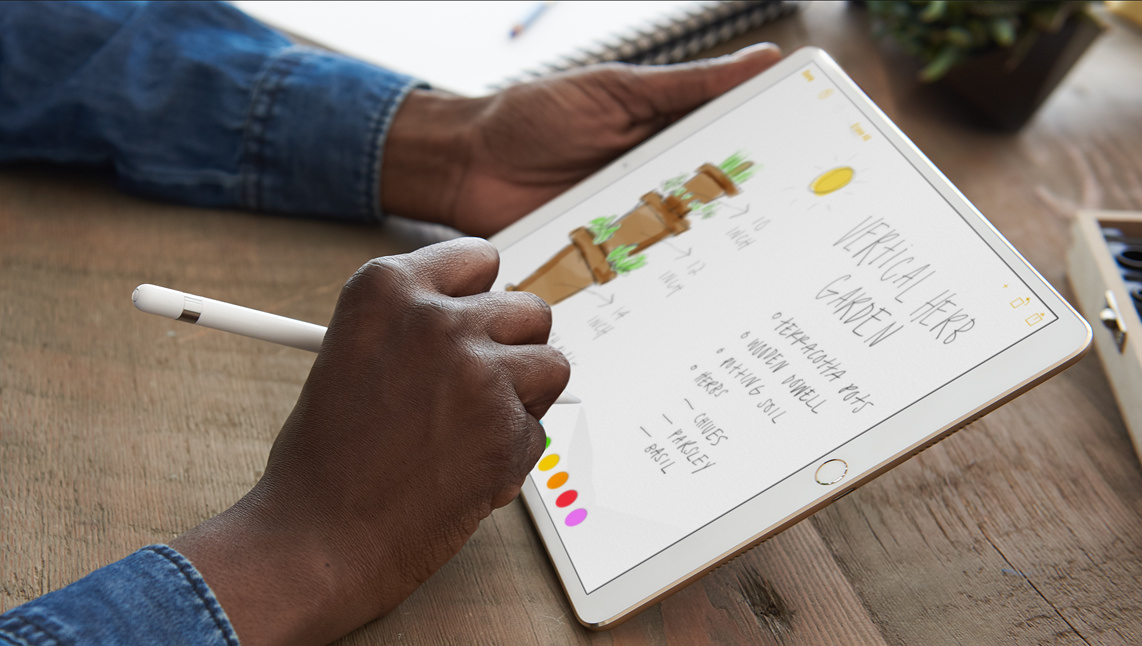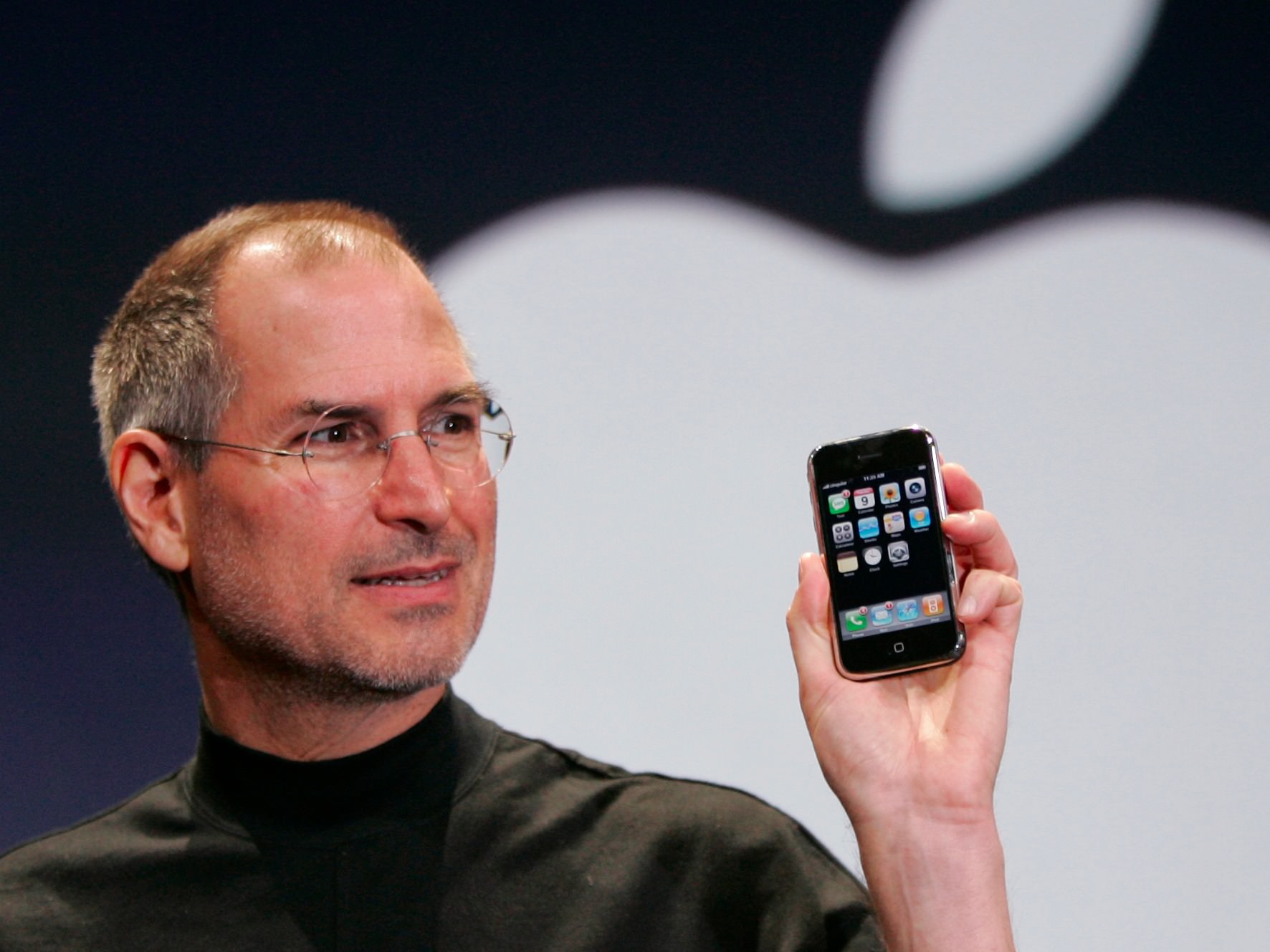This week, I was driving in my neighborhood when I spotted that most American of sights: a bunch of kids running a lemonade stand, waving signs and trying to flag down passing cars. In some ways, it seemed like a great business opportunity – the temperatures where I am have rarely dipped below the high 90s Fahrenheit lately. And yet I didn’t stop – not because I don’t like lemonade (or kids), but because I simply don’t carry cash anymore, and I’m fairly sure the neighbor children weren’t taking credit cards. That got me thinking about all the people and sectors of our economy which are still dependent on cash, and how they might be affected by our increasingly cashless society.
Cash is in Decline
Whether anecdotally or based on solid data, I think most of us have a sense that cash is in decline. One study from last year suggests that cash is the preferred payment method of just 11% of US consumers, with 75% preferring cards. In other markets such as China, cash is dying out even more quickly, with mobile payments increasingly eating into both its share and that of cards. Though my local dry cleaner in New Jersey was a rare (and suspicious) exception, I very rarely come across businesses that don’t take cards, to the extent that it now really takes me aback when it happens. For many of us these days, credit and debit cards and to a lesser extent mobile payments are making cash largely irrelevant. I still have a huge jar of loose change I accumulated over many years and which now mostly gets used for the occasional school lunch or visits from the tooth fairy, but not much else.
But not for Everyone
However, assuming that this pattern holds for everyone would be a mistake. There are still big sectors of the economy, and large groups of people, who remain heavy users of cash and heavily dependent on it, and as others move away from it, that’s increasingly going to cause them problems. Sadly, this likely applies most to some of the more vulnerable and marginalized parts of our society, who will be least in a position to make the changes necessary to keep up as the rest of society moves on.
Here are just a few examples of people or businesses still dependent on cash:
- Homeless people and others who ask for money on the streets
- Charity workers soliciting cash donations in public areas
- Manual and casual laborers who get paid in cash, either for convenience or for tax reasons
- Cab drivers
- Those who don’t have bank accounts or credit cards, including many without regular incomes
- The elderly
- The very young, also unlikely to have bank accounts
- Anybody who works based on tips, from waiters and waitresses to maids and barhops in hotels to valet parkers
- Small local retailers and restaurants who can’t justify high credit card processing fees on mostly small purchases.
The list could go on much longer than that, but the point is that there are those who are in some cases heavily dependent on cash and relatively powerless to make the changes necessary to keep up. These are often among the poorer and least educated people in our society, and therefore those with least access to technology, the traditional banking infrastructure, or information about how to adapt.
Tech Has Offered Partial Solutions
The tech industry has offered partial solutions, but mostly in self-serving ways. Payment processing company Square has transformed many a small retailer or producer from a cash-only business to one that can take credit cards and even Apple Pay, and created ways for those without traditional cards to carry balances and make payments with their phones. Amazon has introduced methods for those who deal mostly in cash to obtain one-off or refillable cards to be used to pay for things on its site. Venmo has turned erstwhile cash transfers into electronic payments. But these solutions mostly tear down limits to the addressable markets for their own products, without necessarily expanding economic opportunity or promoting inclusion, while also often being based on internet and mobile technology not available to all.
But Needs to do More
What we need is solutions for the rest of society, and especially for those without access to the internet and phones to be able to receive non-cash payments. What about an app that allows patrons or would-be donors to set up a transaction in an app, and allows the recipient to walk into a bank or store to pick it up in cash with a privately shared code? Or an app that allows users of basic smartphones to receive payments and carry a balance without creating an ongoing relationship with the payer? What about a service that would provide meals, access to beds and other facilities, or other needed items to the homeless based on donations from smartphone users? Technology has such an enormous potential to reduce friction and make payments simpler, but what we need are innovations that do the same on the receiving end, including in ways that don’t themselves require technological solutions.
I feel like calling on the tech industry to step up to big societal problems has been something of a theme lately in my columns, but I can’t help but think that this is yet another area where those already most on the fringes of society will just be left further marginalized by technology rather than brought into the fold by it. It doesn’t need to be that way: the bright minds who have created so many technologies that help us deal with our “first world problems” can surely find ways to help those with more biting and pressing challenges as our society continues to evolve.


